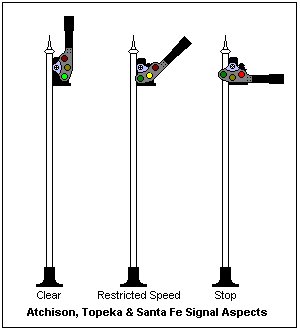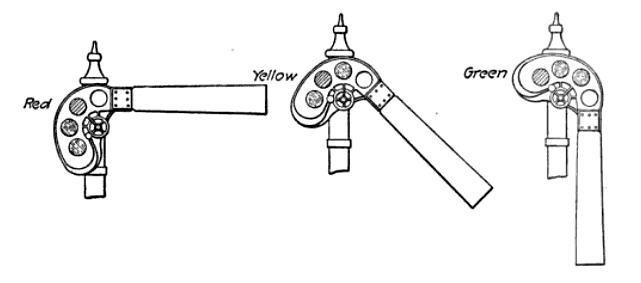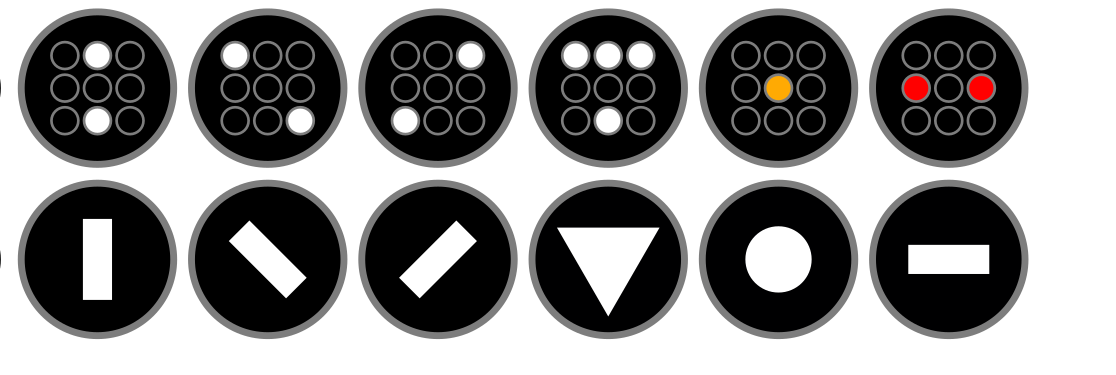Monarch Butterfly
Superstar
An interesting recent video out of the Netherlands about demand-actuated signals for bikes, cars, and buses...
- No annoying verbage signs to explain that "this is a bicycle signal" or "this is a right turn signal". No need for signs written in other languages (IE. English or French), because there is no verbage signs written in Dutch
- The bicycle traffic signals actually use a bicycle pictograph
- There is a red arrow signal for those motor vehicles turning, again without the sign clutter
- Like the countdown circle, without using numbers.
Last edited:












